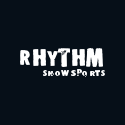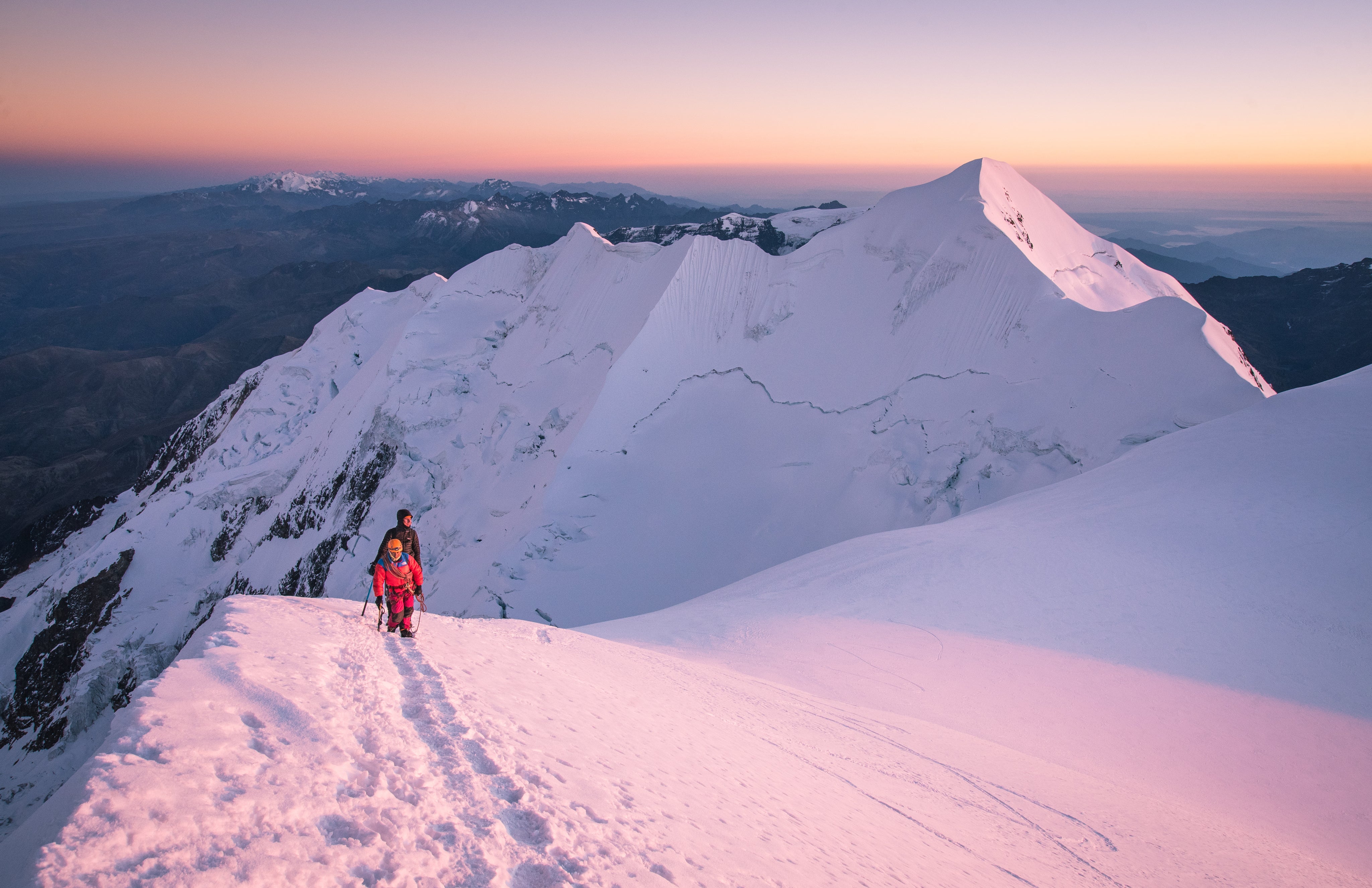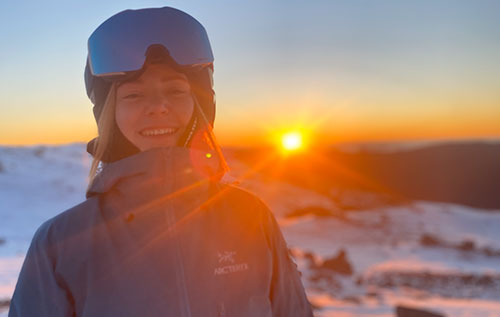Cross Country Ski Hire & Guide
AT Rhythm Snowsports

Rossignol Nordic Clothing & Accessories
Cross-country skiing is a beautiful way to explore the mountains, and suitable for all levels and ages. You’ll traverse the mountains, covering flatter terrain than downhill skiing and skipping the lift queues too. XC skiing is, in fact, the original style that most ski disciplines evolved from and may also be referred to as Nordic skiing.
We asked one of our team to give us the low-down on cross-country skiing, including their top tips for getting started. Read on to find out more.
Ready to give it a go? Hire skis from Rhythm Snowsports here.
- Is cross country Skiing hard?
- What types of cross-country skiing are there?
- Getting Started
- What else do I need for cross-country skiing?
- Where can i cross-country ski in the Snowy Mountains
- Do i need a lift pass for cross-country skiing?
- Should i get a cross-country ski lesson?
- How much does cross-country hire cost?
- Do i need to know my sizes?
Is cross-country skiing hard?
The level of difficulty and effort depends on what style of skiing you choose and how much you push yourself. One of the best things about XC skiing is you can take it as hard or easy as you’d like to; from a gentle first outing of in-line skiing to a full day of skating or even racing that’s a true full-body workout.
What types of cross-country skiing are there?
There are four main types of cross-country skiing, although sometimes they are referred to by different names. These are:
Classic cross-country skiing is sometimes referred to as in-line skiing. If you’re on a marked trail, you’ll follow two parallel grooves or “tracks” in the snow. As the name suggests you’ll move your legs in a straight, forward motion, like walking.
Skate skiing has a motion more similar to rollerblading or ice skating, with your skis making a V shape as you move. You’ll need more space that classic skiing and it’s usually more physically demanding than classic. You’ll typically cover flat terrain with gentle inclines and declines.
Telemarking combines elements of cross-country and downhill skiing. Telemark bindings have more connection to the ski but a free heel. Telemarking is easily distinguished by the turns, which are taken with a bent knee and lunging action.
Alpine Touring is sometimes called backcountry touring but isn’t necessarily in the backcountry. It combines elements of classic/in-line and backcountry skiing. Touring allows you to explore a wide variety of terrain and, if you wish, head out into the fresh snow of the backcountry. There are a few binding options for touring, including frame and tech bindings, both of which are adjusted between walk and ski (walk for up, ski for down) and will need skins for going uphill.
Light Touring skis are skinnier than those of alpine touring and have a patterned base. The skis are lightweight with a free-heel binding and comfy boot. They are designed for undulating terrain and covering long distances, but not for significant downhill.
Getting started
What else do I need for cross-country skiing?
Unlike downhill skiing, cross-country ski gear is lighter weight and you don’t require as much insulation. You’ll still need pants and a jacket with some weather protection though. Softshell clothing are some of the most popular.
If you’re heading further afield, we recommend taking an avalanche pack. These can be rented from Rhythm Snowsports and include a probe, shovel and personal locator beacon.

Where can I cross-country ski in the Snowy Mountains?
Perisher has over 100km of groomed cross-country trails. You can check the conditions on the snow cameras on our website or the Perisher XC Trails site before heading out too.
For more experienced skiers, there’s plenty of space in both Thredbo and Perisher on ungroomed slopes.
Do I need a lift pass for cross-country skiing?
Usually, no. You won’t need to take the ski lifts so you’ll save on your lift pass (and skip the queues!).
Should I get a cross-country ski lesson?
This is up to you. We find some beginners prefer to get a lesson, while others are happy to simply get started. If you’re hiring gear from Rhythm Snowsports, our team will talk you through the basics. If you would like to get a lesson, Perisher XC have recommended ski schools specifically for cross-country skiing.

How much does cross-country ski hire cost?
Our best reccomendation is to book early online via our website. We offer rental bookings from April and oftern there are discounts up to 30% off your rental. You can change your dates at any time if you arent locked in for your Snowy Mountains trip at the time when booking.
Do i need to know my size?
All you need to select during the rental process online is your dates and product selection. We will fit your boots, skis and poles in store on the day to ensure you have the correct fitting equipment.
Worried about booking the wrong equipment? Not to worry we are happy to adjust your booking either before hand or when you are in store when discussing your intended trip. Any early bird discounts will still apply to the changes
Need more information?
Drop into our store in Cooma or send us an email. Our team will be happy to help!
















